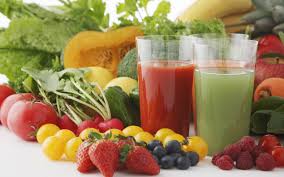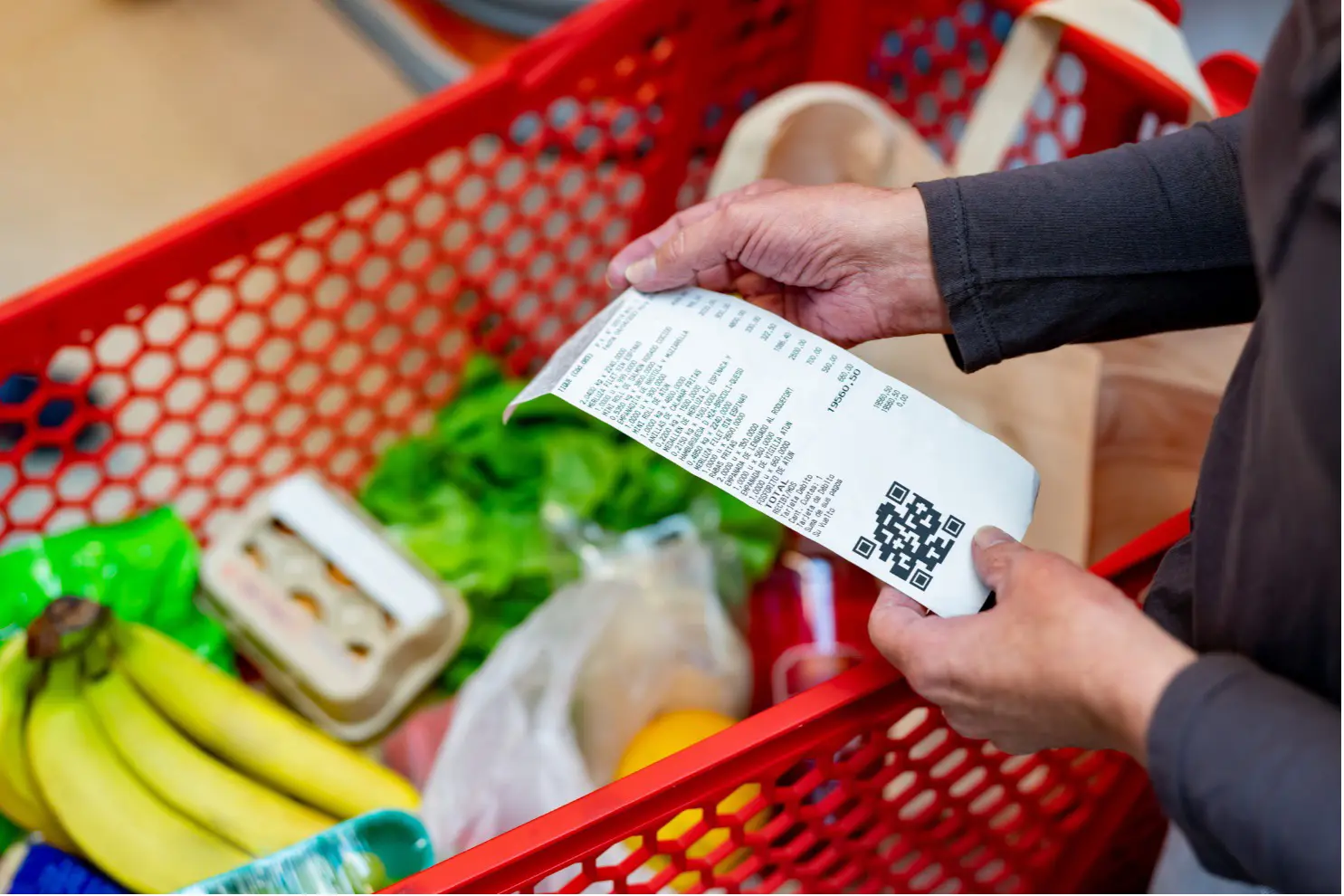 by Tracie Swearingen, RD, CSO LD, Minnesota Oncology Dietitian
by Tracie Swearingen, RD, CSO LD, Minnesota Oncology Dietitian
What is juicing anyway? Juicing is the process of extracting juices from fresh fruit and uncooked vegetables. The fruit and/or vegetables are ground, and then spun to extract juice from the pulp. Juicing is “promoted” to be an enhancer to the immune system and to prevent or treat a variety of health conditions.[1]
It can be a more convenient way for those that don’t enjoy actually eating their fruits and vegetables to obtain the nutrients. Juicing can be a helpful way to obtain the vitamins, minerals and phytochemicals (plant chemicals) for those who are unable to chew or swallow those foods as well.
The drawback to juicing is that the pulp is removed. The pulp contains the healthy fiber of the fruit or vegetable. Fiber helps to maintain bowel health and to maintain a healthy weight. You can choose to keep the pulp if you “blenderize” the fruit and vegetables instead of using a juicer. This will provide a thicker drink, because it contains the fiber and juice. A benefit to keeping the pulp and fiber is that there is convincing evidence that plant foods containing fiber can decrease colorectal cancer risk.[2]
There is no convincing scientific evidence that extracted juices are healthier than whole foods. However, it has been shown that a diet high in vegetables and fruit can lower cancer risk and improve overall health. [3] It is recommended to eat a minimum of 5 servings of non-starchy vegetables and fruit per day. [4]
Examples of serving sizes for fruit and vegetables:
½ cup of cooked vegetables
One cup of raw leafy greens
A medium sized piece of fruit like an apple or banana
One cup of melon cubes
½ cup of smaller fruit like grapes
¼ cup of dried fruit, such as raisins
Two small fruit, such as apricots or plums
6 oz 100% fruit juice – limit to 1 serving/day
Tips for including juicing or smoothies (blenderized fruit and vegetables) into your diet:
Include your minimum of five servings of colorful fruits and vegetables per day first, and then add in your “juiced drink” as part of your total daily intake. The “juiced drink” should not be a substitute for eating your fruit and vegetables, unless you are unable to chew or swallow them.
Make the main ingredient vegetables, since they contain fewer calories. This is important for those with Diabetes as well. Adding too many fruits can significantly increase the carbohydrates in the drink.
A good rule of thumb is to juice what you would normally eat in one sitting. Calories in a juice drink can range from 100-800 calories depending on what is used. If you are struggling to maintain your weight, then the extra calories are beneficial.
Keep the pulp. Blenderize your fruit and veggies to keep the pulp. If you don’t like the texture of that type of drink, then keep the pulp and add it to soups or sauces.
Add protein to your drink. This can be done with yogurt, milk, nuts or seeds. If you don’t want to add protein to your drink, then eat some protein along with your drink such as eggs, cheese or peanut butter.
Wash your fruit and vegetables first. Cut away any damaged or bruised areas. Do not use any produce that is rotten. [5]
Drink your juice immediately after you prepare it. Fresh juice can develop bacteria quickly and can lead to foodborne illness. Juices found in grocery stores are generally pasteurized. If not, there will be a warning label on the product noting it has not been pasteurized and may contain harmful bacteria. Those with weakened immune systems, including some cancer patients, should avoid having freshly prepared juices from juice bars, orchards, roadside stands and farmers markets that may not pasteurize their products. There will likely not be a warning label for those drinks. When in doubt – ask! [6]
Clean your equipment after use.
References:
- Juicing. http://m.cancer.org/treatment/treatmentsand sideeffects/complementaryandalternativemedicine/dietandnutrition/juicing. Accessed 12/1/14
- www.aicr.org/continuous-update-project/colorectal-cancer.html The Prevention of Colorectal Cancer. Accessed 12/1/14.
- Juicing. http://m.cancer.org/treatment/treatmentsand sideeffects/complementaryandalternativemedicine/dietandnutrition/juicing. Accessed 12/1/14
- www.preventcancer.aicr.org/siteNews2?id=13067. Accessed 12/1/14
- Raw Produce: Selecting and Serving it Safely. http://www.fda.gov/Food/ResourcesForYou/Consumers/ucm114299.htm Accessed 12/1/14[i]
- Talking About Juice Safety: What You Need to Know. http://www.fda.gov/Food/ResourcesForYou/Consumers/ucm110526.htm Accessed 12/1/14



